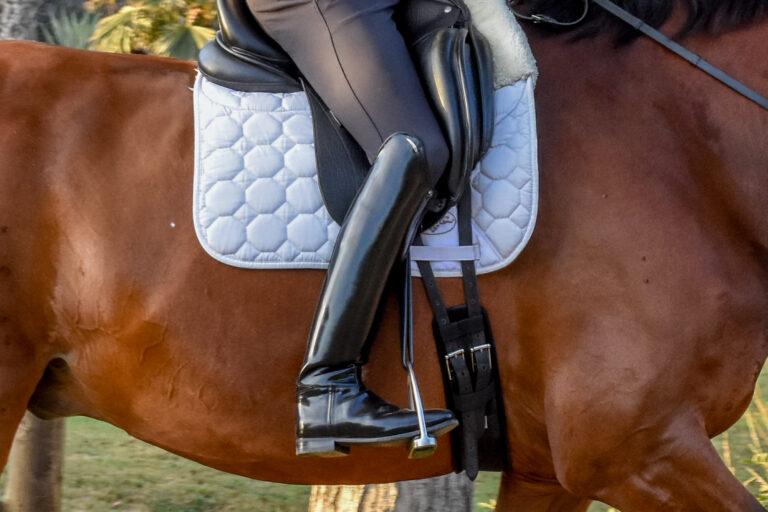
Q: I am an adult rider and want to begin a dressage training program with my 8-year-old Quarter Horse. Could you give me some guidelines on choosing a good instructor? Should I go with someone who is successful in the show ring? My goals are modest, but I might like to compete some day too. Once I know what I want, how do I find an instructor?
A: Selecting the right trainer is as important to the success of your riding as finding the right horse, so your search needs to be approached with the same care and consideration you gave to choosing your horse. Before beginning your search, think about what kind of student you are and what kind of teaching style makes you most comfortable.
As a rider, you have to decide if you are more comfortable with a spirited horse or a quiet, more easy-going type. As a student, you need to decide if your goal would be better met with an instructor who has an aggressive style or one who takes a more nurturing approach. Also, think about what your goals are and your level of commitment-both in time and in money-that those goals will require. Keep in mind that lesson schedules and fees vary widely depending on a variety of factors, including the trainer’s level of experience and whether she comes to you or you go to her.
To define what makes a trainer right for you, first, she or he must be someone who demonstrates respect for horses and riders. She also needs to be capable of riding and training to the level you hope to achieve. Your question indicates that you may want to show, so you’ll need an instructor with enough show experience to guide you through the training and showing process. Primarily, the right trainer for you is the person with whom you are comfortable, can communicate with, and one who gets along well with your horse.
There are a number of ways to locate trainers in your area. See if your local dressage association has a professional registry. If you don’t know of a local dressage club, call the national organization, the U.S. Dressage Federation (USDF), to find a Group Member Organization (GMO) in your area. USDF also can provide you with its list of certified instructors. These are teachers who have been tested and are certified to teach through Second Level or through Fourth Level.
A personal recommendation from a rider you admire can be a good clue to finding a good instructor. If you get a recommendation about someone, you’ll want to assess her teaching style yourself. One excellent way to do this is to go to dressage shows and observe how the instructor handles her students in the warm-up arena. Decide if the instructor is communicating with them. Students need to seem confident, relaxed, happy and purposeful—the atmosphere should be workmanlike.
Once you’ve selected a trainer, arrange to observe her teach lessons at her barn, so you can see how she works with a variety of different horses and riders at various levels of ability. Consider taking your horse to the barn for a lesson so you can get a feel for how well the trainer gets along with your horse.
When all is said and done, training should be an enjoyable experience for both you and your horse. Thoughtfully choosing the right trainer can not only improve your riding skills significantly, which will enhance your relationship with your horse, but also will make riding an even more rewarding experience.
Judy Kelly has been training horses and riders for 20 years and earned U.S. Dressage Federation bronze and silver medals. She qualified to compete in the Gladstone Intermediaire I Championships and was on the 2000 U.S. Equestrian Team Dressage Developing Riders list. She owns Topline Dressage in Clarkston, Mich.











